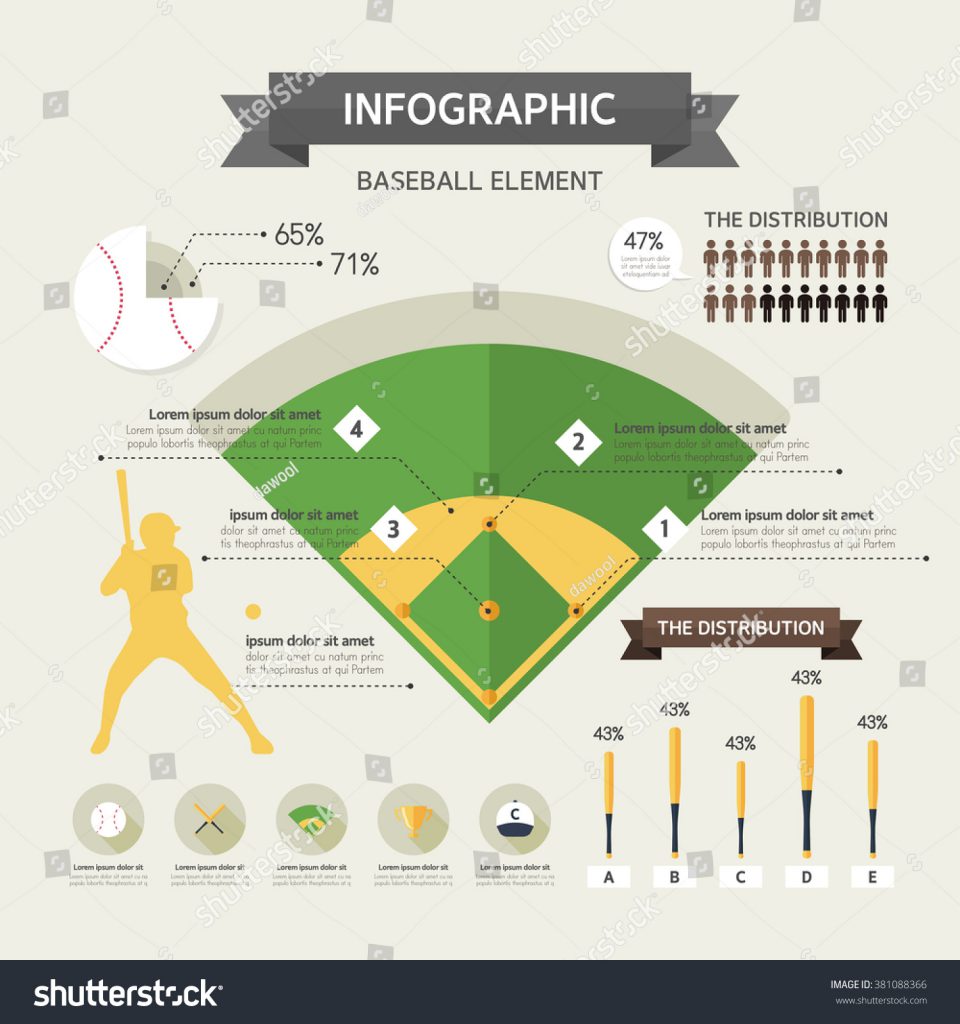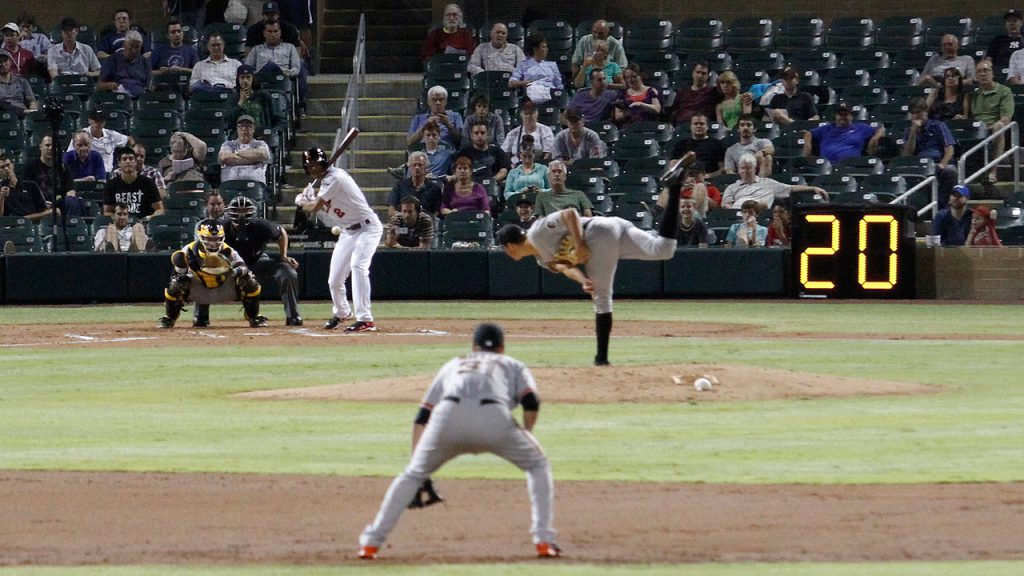Scouting Guide
In our first three years, the most frequently asked FAQ about our exclusive online Scouting Guide was “Where is it?” The Scouting Guide is not one big printed document, as one of the preseason books or magazines you have seen, and quite possibly consulted.
Updated sections
Instead, the Scouting Guide consists of living, breathing, ever-changing, ever-improving, ever-updated sections of this web site. Think of it as your private stash of information for your draft or auction. Only you and your fellow subscribers have access to that information. You don’t need the key to a safe-deposit box to open it, but merely a subscription.

Fantasy Baseball subscriber
Where is it? If you’re a Fantasy Baseball Scout subscriber, it’s all around you – and will be even more so as we progress closer toward Opening Day – and Draft Day. Look behind that door marked “Deep Depth Charts.” The Scouting Guide is there in our exclusive DEEP Depth Charts. Over there, where it says, “Player Profiles”? It’s there too. You’ll see also up-to-the-minute updates and additions to those Scouting Reports. “Articles.” “Email Archives.” “Projections.” “Rankings.” All are part of the Scouting Guide. You can look around and use whatever parts of it you think can help you. And all of it should be of some use to someone, if not everyone who comes here.
To help you use and understand the Scouting Guide, here’s an explanation of some terms.
Age
The player’s age as of April 1, 2006.
Articles
These are periodic how-to articles and occasionally our interviews with players. These are designed to help you prepare for your draft or auction and to manage your team during the season.
DEEP Depth Charts
These are our exclusive depth charts listing on one page all the key players in each organization. We think of them as Depth, Even Extra Players.
Email Archive
These are the FREE Daily Emails sent out during spring training along with the Emails that will be sent to subscribers at least five times a week from April 11 through the end of the regular season, and periodically from then, the full-season subscriptions expire in December.
Position
The primary position at which the player qualifies for a league requiring 10 games for eligibility. If you don’t see a player – Frank Thomas, for example – at the position where you expect to see him, you can check in several ways.
- Locate the player by name. Type in his last name, and a page would open up including all players on the site with that last name. Then you could click on Frank Thomas or Charles Thomas.
- By Team: You’d find The Big Hurt in the list of Athletics on the site.
- By Position: You’d currently find him under DH (because he didn’t play even one game at first base in the majors last season). If he plays 10 games at first in the majors this season, Frank Thomas would be listed at 1B, as well as by name and with his team.
More than one position?
If a player qualifies at more than one position, he would be listed at his primary position, with his alternate positions also listed with his name and in his scouting report. For example, right now you would find Craig Wilson with the outfielders, but with a notation that he’s also eligible at 1B. Our Scouting Reports usually note a player’s availability and eligibility at other positions, even for leagues that have position requirements of as many as 20 games or as few as one game.

Scouting reports
Each player’s Scouting Report provides written information about the kind of player he is, past-year statistics and 2006 Projections for players of interest to fantasy baseball owners.
Profile updates
These include the most current information about players, available both by clicking a link after hitting the “Scouting Reports” button on the home page and by finding the player’s Scouting Report as described under “POSITION.”
Projections
Included are the categories used in most 5X5 leagues, along with AB, IP and the other most commonly used statistics in more exotic scoring systems. The $ values listed are for standard 12-team, 4X4, AL-only or NL-only Rotisserie® Leagues. We also will have a recommended round for selecting players in a 15-team, 5X5, a mixed league with 29-man active and reserve rosters. There will be additional values posted on the site for 4X4 mixed, 5X5 AL-only and 5X5 NL-only leagues, and some guidelines for points and head-to-head leagues.
Rankings
These are lists of where players rank at their positions and overall within their league.
All-start board
This is our exclusive way for you to customize Projections to your fantasy league’s scoring system.


